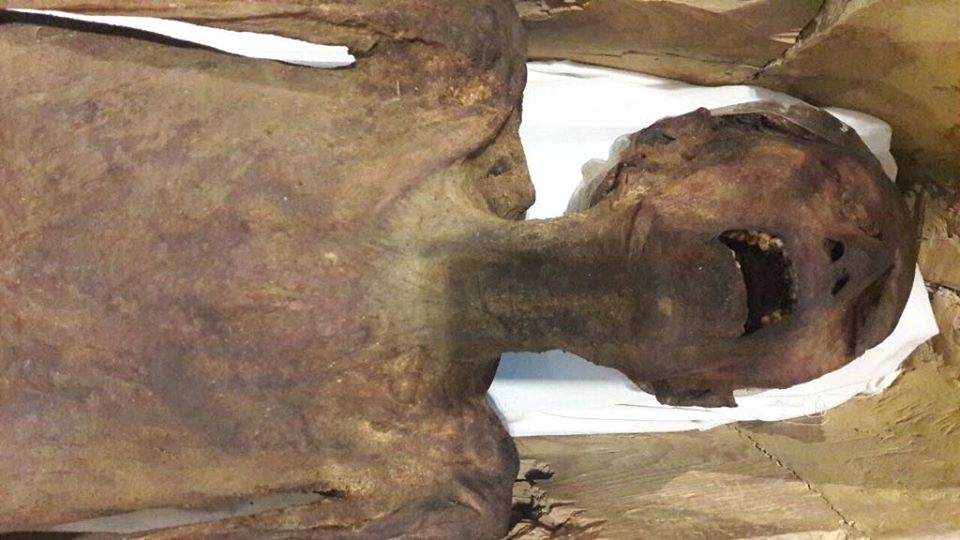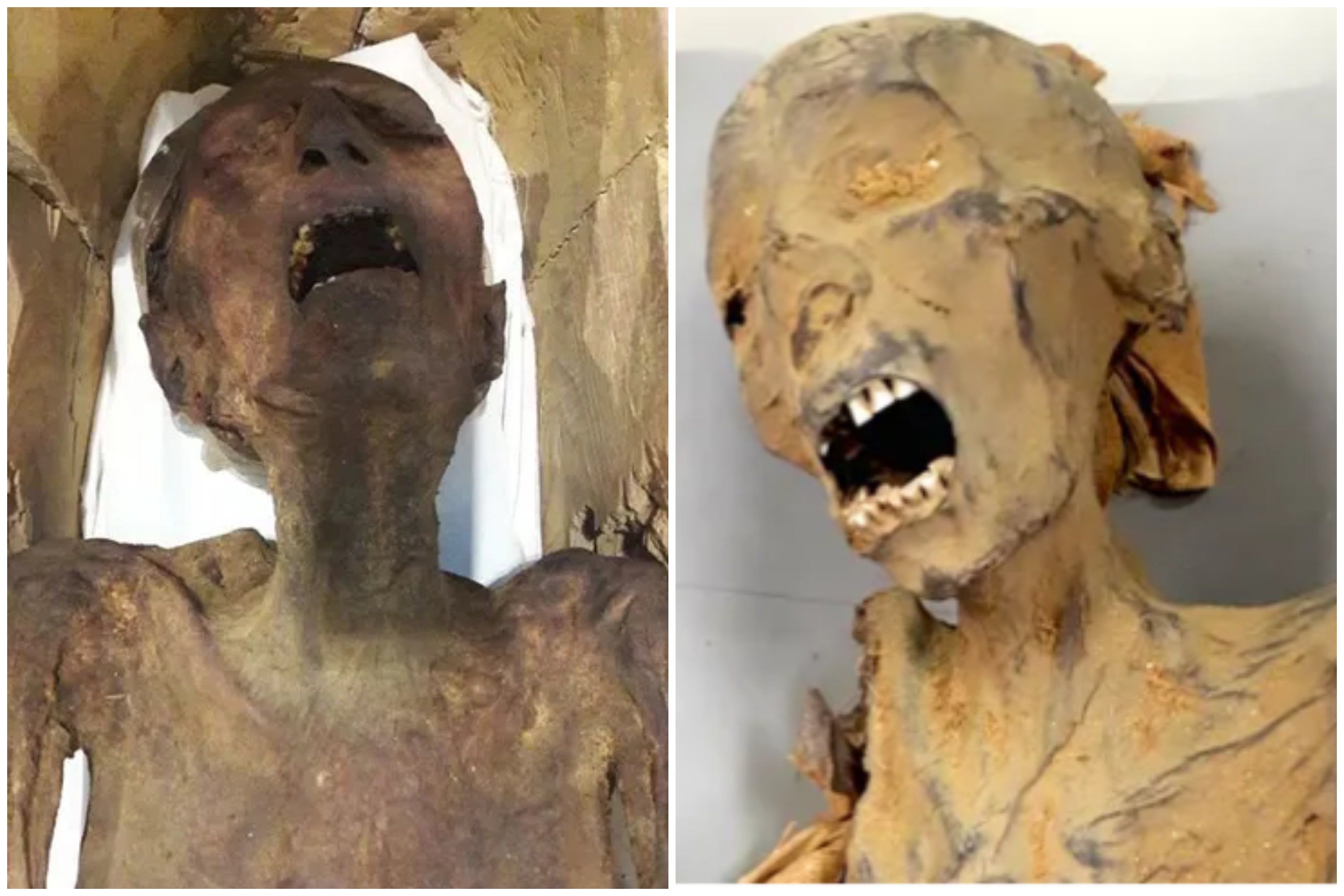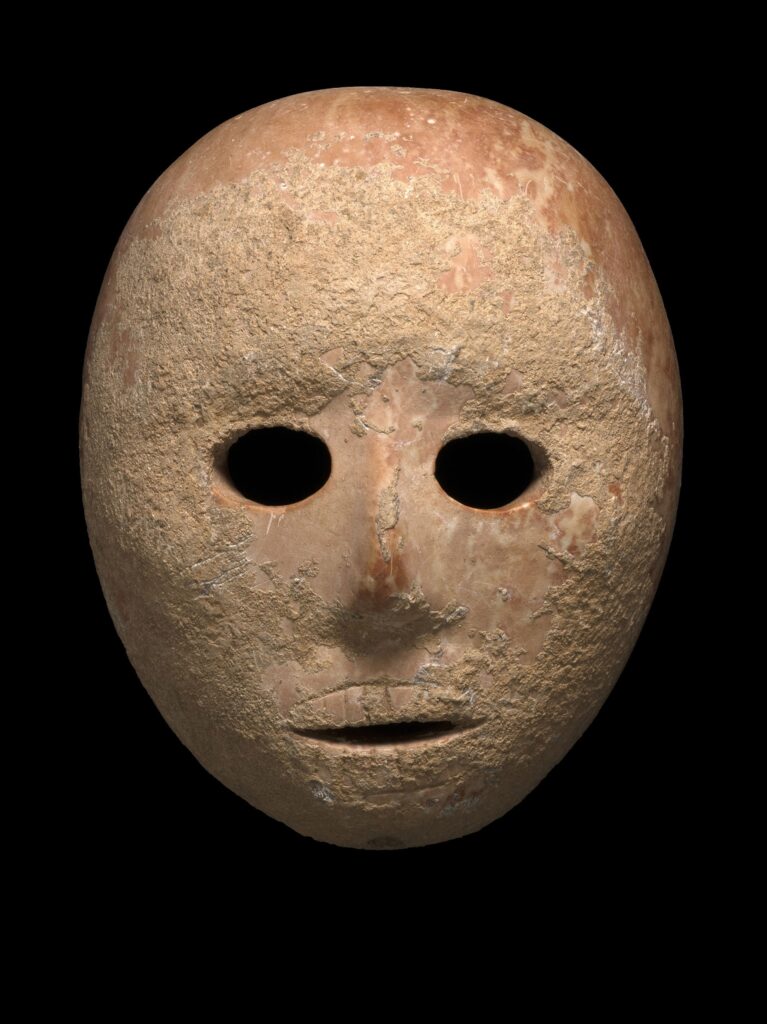Pentawer, the son of Pharaoh Ramesses III and his secondary wife Tiye, was at the center of the infamous “harem conspiracy” in ancient Egypt. He participated in a plot to overthrow his father and seize the throne. However, the conspiracy was exposed, and Pentawer was sentenced to death, forced to take his own life after being convicted of treason.
The Plot to Overthrow the Pharaoh
Pentawer’s real name remains unknown, as he is only referred to by a codename in the Judicial Papyrus of Turin. The conspiracy, led by Queen Tiye, aimed to replace the rightful heir with her son. When the plot was uncovered, Pentawer and his accomplices were put on trial. Unlike those who were executed, he was given the choice of suicide—possibly through poison—to avoid a more brutal punishment.
The Mysterious Mummy – The “Screaming Man”
Some theories suggest that the mummy known as the “Screaming Man” (Unknown Man E), discovered in the Deir el-Bahari cache in 1881, could be Pentawer. This mummy exhibits unusual characteristics: it was wrapped in goat skin—a mark of disgrace—improperly mummified, and left with a contorted, agonized facial expression.

Modern DNA analysis has confirmed that this mummy shares a father-son relationship with Ramesses III. Physical evidence suggests the cause of death may have been hanging or strangulation. If this is indeed Pentawer, he may have died at just 18-20 years old.
An Unsolved Mystery
Pentawer’s story continues to raise many questions. Was he a true traitor, or merely a victim of ruthless palace intrigue? Was his death a deserved punishment or the tragic end of a young prince caught in a power struggle? More than 3,000 years later, his mummy still evokes a haunting image of a tragic fate in Egyptian history.

